
Create your own journey; Experience the best of Northern Spain at your own pace
This website uses its own and third-party cookies, for the proper functioning of the site and to generate usage statistics.
By continuing to browse we understand that you consent to our �ookie policy
The historic Camino Portugues starting in Portugal is favoured by many, as it offers some of the most beautiful beaches and some of the best food and wine in Spain and Portugal.
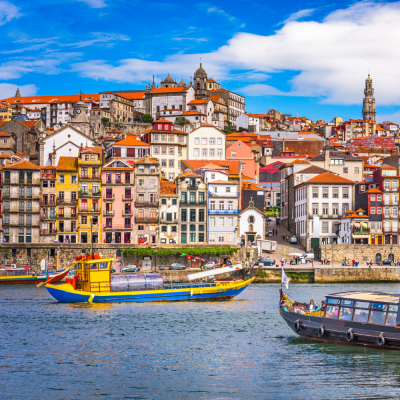
Pilgrimage from Porto to Santiago via the original Portuguese route through Tui.
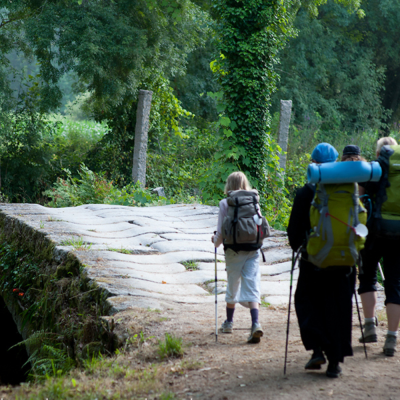
Pilgrimage from Tui to Santiago along the Portuguese Way.
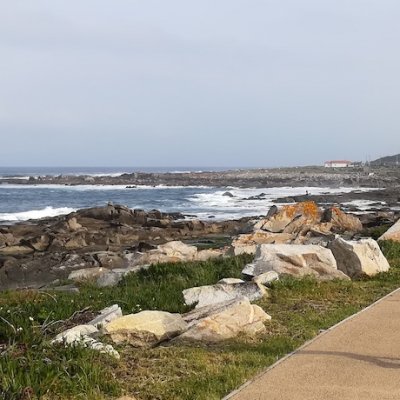
Pilgrimage along the St. James Way from Porto to Santiago along the coast.
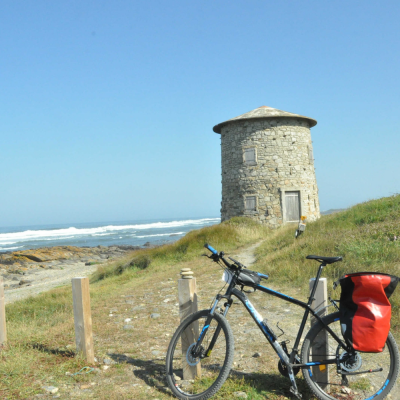
Bike pilgrimage along the Atlantic from Porto to Santiago.
The origin of the Portuguese Route dates back to the dawn of Jacobean fervour days, soon after the discovery of the remains of the Apostle Saint James in the year 813, but it wasn't until the mid-twelfth century that the route became secure, once Portugal became an independent Nation. It has remarkably remained constant throughout history's reforms and counter-reforms.
In the twentieth century the legendary apparition of the Virgin to three shepherds of Fátima, Portugal, gave rise to a national shrine, somewhat overshadowing the Pilgrimage to Santiago de Compostela in Spain and slightly reducing the previously large numbers traditionally traveling north of the country to render honor to the Apostle St. James.
Still, as for centuries, the Portuguese have participated enthusiastically in the collective Camino experience, contributing to the heavy flow of pilgrims along this route to this day. Historically, it has been firmly supported by monarchs, members of the nobility and high clergy. Indeed, from the 12th century until the present day, much of Portugal's road network has seen the comings and goings of pilgrims heading from towns and cities all over the country to reach their destination of Santiago de Compostela. Although their motives were strictly religious, thanks to this steady movement of persons and goods between Portugal and Galicia, cultural, economic and intellectual exchange also flourished.
A number of infrastructural entities gave rise to the popularity of the Camino Portugués in Galicia. On the Galician&Spanish side you will find bridges, country chapels, sanctuaries, wayside crosses (Crucerios), manor houses and historic cities dot the route that starts on the banks of the Minho river, in the city of Tui, and ends at the tomb of Saint James. Although the pilgrimages did not necessarily lead to the design and creation of a set of monuments corresponding to a specific Romanesque or Baroque period in an integrated artistic space, the Portuguese Way in Galicia asserts a deep cultural heritage as a result of this route.
The Camino Portugués gently winds northwards, along ancient tracks and paths that traverse woodland, farmland, villages, towns and historic cities. Some paths trek over stunning medieval bridges, many of which maintain elements of Roman design. The route is rich with the presence of chapels, churches, convents, petos de animas (stone altars usually found at crossroads) and cruceiros (wayside crosses), where the comforting image of Santiago the Pilgrim is ever-present to accompany and hearten the pilgrim on his journey.
Hospitality offered to pilgrims by those stationed along the route is proverbial; the practice of welcoming travelers was started in the Middle Ages by monks and clergymen who served in the hospitals founded by monarchs and nobility. This tradition is kept alive today by the current inhabitants of towns scattered along the Camino and by the in-keepers at pilgrims' hostels.
Many of the paths along this Way were built upon the major Roman roads that formed the backbone of Roman Gallaecia – such as Via XIX, which was used for trade and travel for many centuries. Via XIX was built in the 1st century AD under the Emperor Augustus. Reference to this road in classical texts is proof of the vitality of this route from antiquity. Since the Middle Ages the Portuguese Route has maintained a tradition of exchange between neighbours that began during the days of the Roman Empire.
Despite its rich history, the Portuguese Way has not escaped the effects of modernisation. At certain moments along the way, pilgrims must leave the dirt paths and stone-paved ways to walk along the some smaller parts of the highway between Vigo and A Coruña. But the overall impression of this beautiful route with so much history, art, culture and heritage is, that every pilgrim feels fully compensated upon finishing their journey into Santiago de Compostela.
There are 117 km. from Porto to Tui (on the Spanish border), and 112 from Tui to Santiago. For those who have a week to travel, Tui is the ideal starting point, whereas Porto is for those who have more time.
El Camino Portugues by the Coast:
If you choose the Camino that follows the Atlantic Ocean and starts in Porto, then you will cross the border between Portugal and Spain with a small ferry. This Camino is considered by many as one of the most beautiful of all the different Camino routes passing through Spain and Portugal. Here you will experience the absolutely unique nature scenario that unfolds along the Atlantic Ocean. while you further ahead, also will be able to experience the "traditional" Camino when the two Portuguese Camino's meet again shortly after the port city of Vigo. We highly recommend both walking or cycling this Camino, or even a combination of cycling and walking.
Please contact Spain is more for further information. We will more than happy to help you create a perfect itinerary according to your wishes.
Buen Camino!
The Iron Cross in Foncebadón: A Pilgrim's Symbol of Transformation
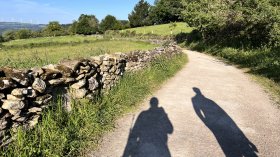
Walk and Talk is not only effective as a meeting format at your workplace. Book a Camino journey and experience a new way of expressing yourself with the help of the nature...